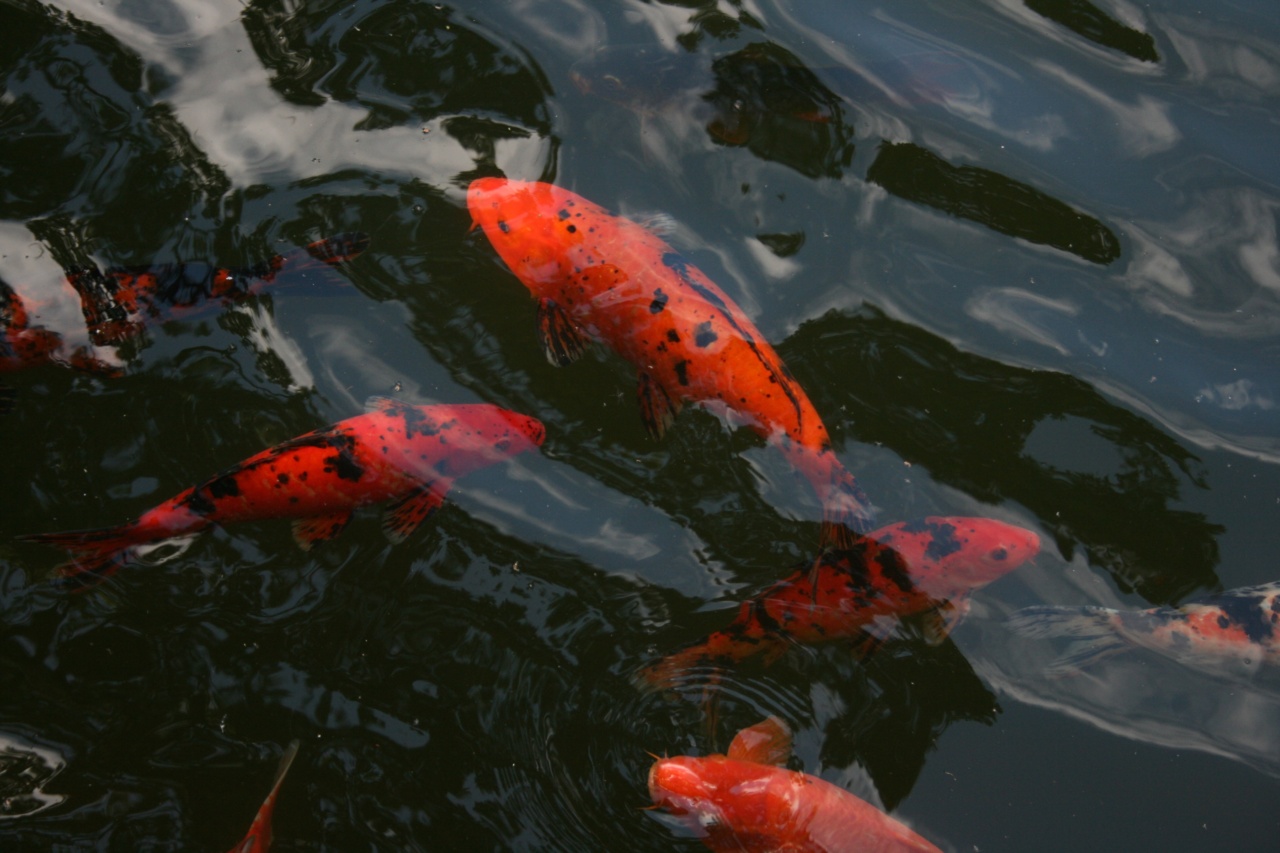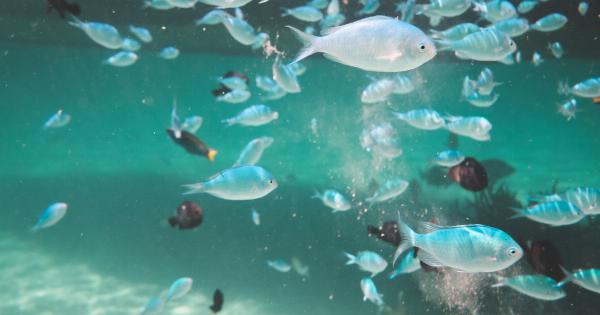For centuries, fish has been considered a healthful food. It is an excellent source of high-quality protein, low in fat, and loaded with essential nutrients, including omega-3 fatty acids, vitamins, and minerals.
Fish consumption is associated with numerous health benefits, but some researchers are concerned that certain types of fish may be linked to cancer development.
Types of Fish Linked to Cancer
The concern about fish and cancer development centers on the potential presence of environmental toxins, such as mercury, polychlorinated biphenyls (PCBs), and dioxins.
These toxins are persistent organic pollutants that accumulate in the bodies of fish over time. Some types of fish are likely to contain more toxins than others.
Sharks, swordfish, king mackerel, and tilefish are among the most contaminated fish species, according to the US Food and Drug Administration (FDA) and the Environmental Protection Agency (EPA).
Mercury Exposure and Cancer Risk
The primary concern about consuming fish with high levels of mercury is the potential risk of cancer. Mercury toxicity can damage DNA, leading to the development of cancer cells.
The harmful effects of mercury are cumulative, meaning that the more you are exposed to it, the greater the risk of developing cancer. Consumption of fish contaminated with mercury has been linked to various types of cancer, including breast, liver, and lung cancer.
PCBs and Dioxins
PCBs and dioxins are also persistent pollutants that can build up in the bodies of fish over time. These toxins have been linked to increased cancer risk, especially in people who have been exposed to high levels over a long time.
The Importance of Safe Fish Consumption
Despite the potential risks, experts still recommend including fish in a healthy and balanced diet.
Fish is an essential source of omega-3 fatty acids, which have been shown to have numerous health benefits, including reducing the risk of heart disease and stroke. However, it is crucial to choose fish that is low in toxins and safe to consume.
Safe Fish Consumption Guidelines
The following are some guidelines to help you choose safe fish to minimize the risk of cancer development:.
- Choose low-mercury fish such as salmon, trout, and sardines.
- Avoid shark, swordfish, king mackerel, and tilefish as they have high levels of mercury.
- Choose fish that are wild-caught and avoid farmed fish, which may have higher levels of pollutants.
- Cook fish properly to minimize the risk of foodborne illness. Overcooking fish may result in the loss of nutrients.
Cooking Fish to Minimize the Risk of Cancer
The way you cook fish can also impact its nutritional value and safety. Here are some tips to minimize the risk of cancer when cooking fish:.
- Avoid charring or blackening fish when grilling or frying. These high-temperature cooking methods can produce potentially carcinogenic compounds.
- Choose healthier cooking methods such as baking, steaming, or poaching that preserve the fish’s nutritional value.
- Use marinades or spice rubs to add flavor instead of relying on frying or heavy sauces that increase the calorie and fat content.
Conclusion
In conclusion, certain types of fish are linked to cancer development due to the potential presence of environmental toxins such as mercury, PCBs, and dioxins.
However, fish remains a healthful and nutritious food that should be included in a balanced diet. By following safe fish consumption guidelines and choosing healthier cooking methods, you can minimize the risk of cancer and enjoy the many health benefits of fish.





























